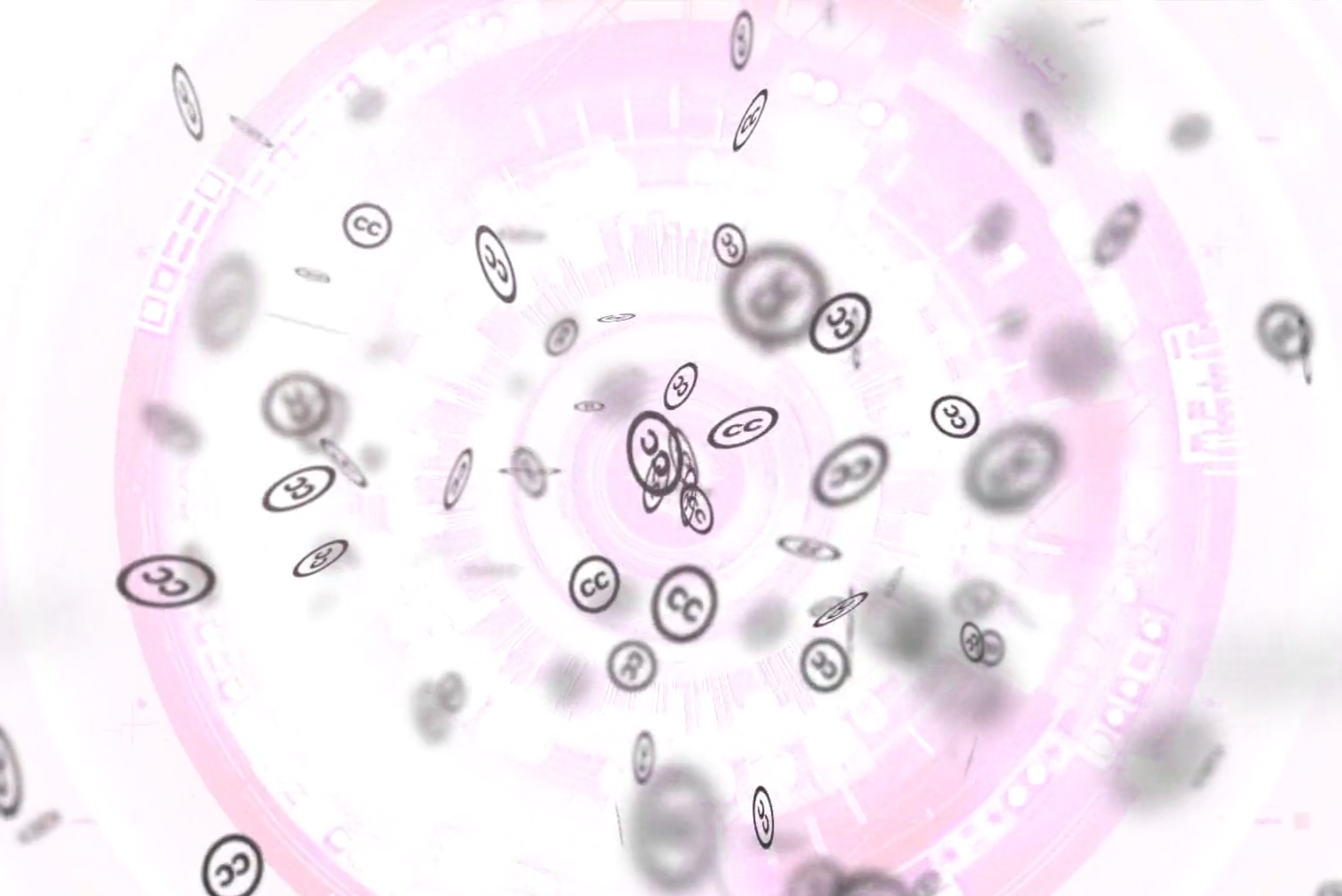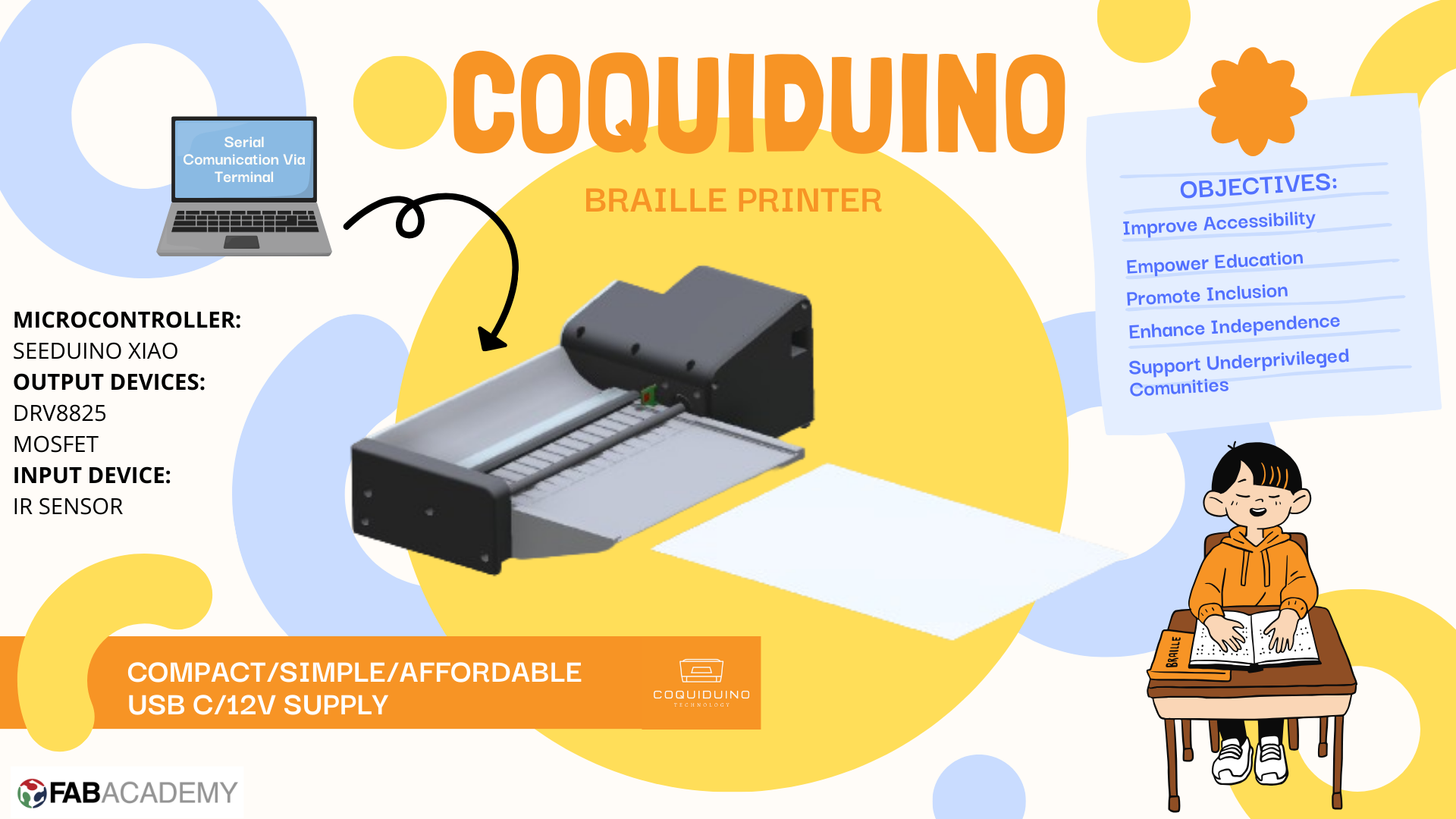
Week 19: Invention, Intellectual Property and Income
This week's assignment explores intellectual property protection, including patents of invention, patents of utility, and open source licenses. It also examines strategies for effective dissemination, emphasizing platforms, global partnerships like FABLABs, and educational outreach. This dual focus aims to ensure innovations, such as the Coquiduino Braille Printer, reach and benefit diverse communities worldwide.
In the rapidly advancing world of technology and innovation, protecting intellectual property (IP) is crucial to encourage creativity and ensure that inventors receive recognition and potential financial benefits from their work. This assignment explores three forms of IP protection: patents of invention, patents of utility, and open source licenses. Each of these methods offers unique benefits and drawbacks depending on the nature of the innovation and the goals of the inventor.
For my project, I have chosen to focus on the Coquiduino Braille Printer, an innovative tool designed to facilitate learning and development for blind individuals by making the production of Braille more accessible and affordable. After careful consideration, I decided to release this project under a Creative Commons license (CC BY-NC 4.0). This decision aligns with the core mission of the Coquiduino Braille Printer: to serve as a gateway to knowledge and empowerment for the blind community. By leveraging the widespread availability of components in FABLABs worldwide, this project promises to be a gift to the world, promoting inclusivity and accessibility.
A patent of invention is a legal document granted by a government that gives the inventor exclusive rights to make, use, sell, and distribute the invention for a certain number of years, typically 20 years from the filing date. This form of protection is suitable for new, non-obvious, and useful inventions, ensuring that inventors can recoup their investment in research and development. However, obtaining a patent can be a costly and time-consuming process, requiring detailed documentation and often the assistance of a patent attorney.
A patent of utility, also known as a utility model, is similar to a patent of invention but generally offers protection for a shorter period, often 7-10 years. It is granted for new and useful improvements to existing products, processes, or machinery. The process for obtaining a utility patent is usually quicker and less expensive than that for a patent of invention, making it an attractive option for incremental innovations. Despite its shorter term, it still provides a level of protection that can prevent others from copying the improvement without permission.
An open source license allows the creator to make their work freely available for use, modification, and distribution by others. This approach promotes collaboration, innovation, and accessibility, often leading to widespread adoption and community-driven improvements. Open source licenses come in various forms, such as the MIT License, GPL, and Creative Commons, each with specific terms regarding usage and redistribution. This model is ideal for projects aimed at social good, educational purposes, and broad dissemination.
I chose to release the Coquiduino Braille Printer under a Creative Commons license (CC BY-NC 4.0) for several compelling reasons:
To ensure that the Coquiduino Braille Printer project reaches a wide audience and encourages fabrication and use, the following dissemination plan will be implemented:
By adopting an open source license (CC BY-NC 4.0) and implementing a comprehensive dissemination plan, the Coquiduino Braille Printer project aims to make a significant impact on the lives of blind individuals, providing them with a valuable tool for learning and development. This project exemplifies the power of open source innovation to create a more inclusive and equitable world.

Coquiduino Braille Printer by Jorge Alejandro Suarez de Freitas Ferrari is licensed under CC BY-NC 4.0